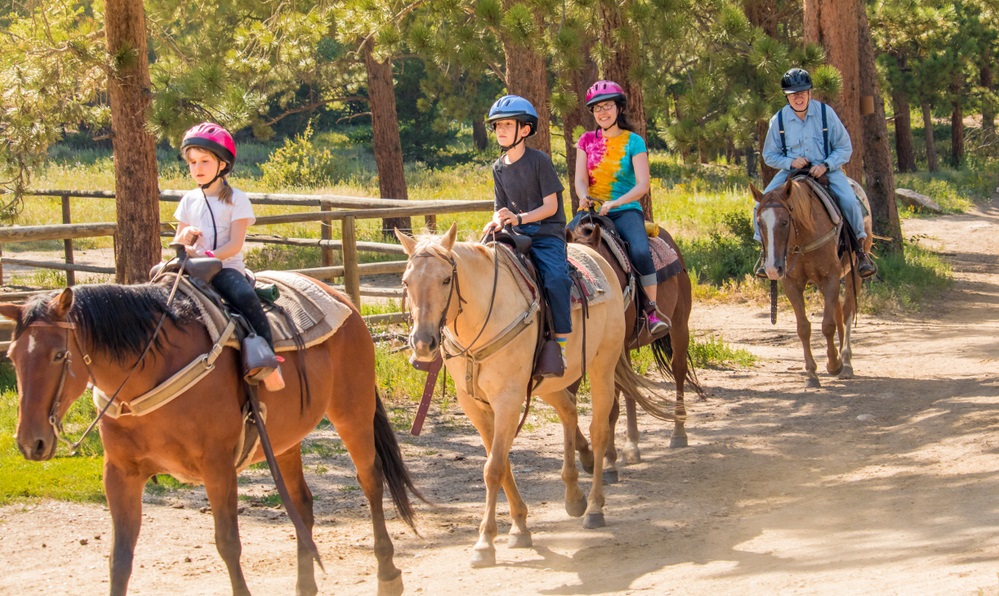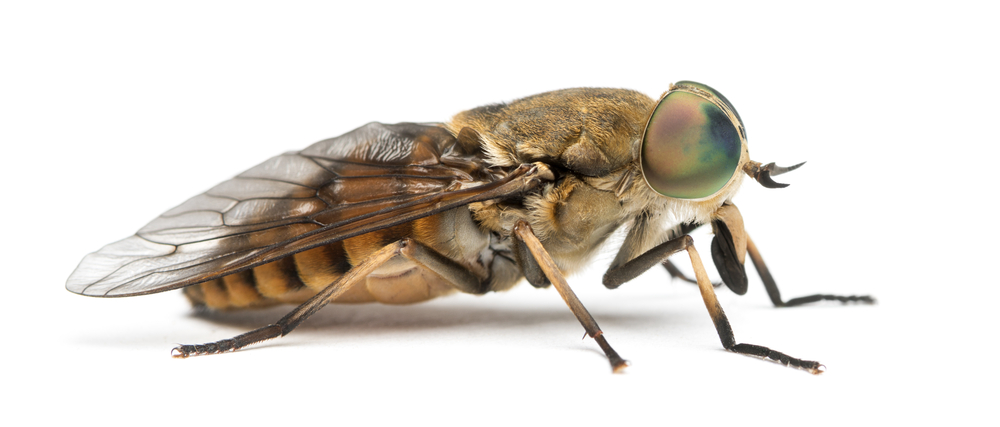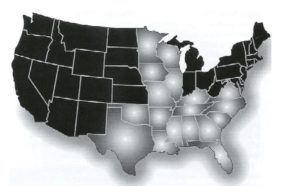
Coggins and You
Tuesdays with Tony
From my view at the front desk, I have determined that an awful lot of you are here for something called a Coggins. I have concluded that this is a test of the ability of my minions to take a picture of a horse with its ears forward. The shenanigans that go on to try to get decent photographs of a horse amaze me. Apparently, there is also a blood test involved, but that seems to be the easy part of this process.
But I also hear a lot of you saying, “My horse doesn’t go anywhere, he doesn’t need a coggins”. I see some folks refusing the Coggins test because they think they’re always negative and the disease has been eradicated. Sometimes, I’m asked what Coggins disease is (spoiler, there’s no such thing, so read on below). Once in a while, I even hear someone say they need to get their horse that Coggins shot! There are a lot of misconceptions around this test, so read on for words of wisdom from this horse-wise cat.
What exactly is a Coggins?
A “Coggins” is a blood test that detects antibodies to the disease Equine Infectious Anemia (EIA). The EIA virus causes horses and donkeys to have fevers, low red blood cell count (anemia), swelling, weight loss, and eventually destroys the immune system. EIA is related to the virus that causes HIV in humans, although EIA doesn’t cause any disease or pose any risk to people.

The disease is spread by biting insects, usually horseflies and deer flies, something you know we have plenty of here in Florida. Horses that are infected with EIA are carriers of the disease for life, and there is unfortunately no treatment. Sometimes, a horse can be positive for the disease but appear healthy. That becomes a serious problem, because the infected horse then serves as a source of disease transmission to other horses. If we don’t run a Coggins test, we may not know he’s spreading the disease. Because EIA is spread by the bites of flies, your horse doesn’t even need to come in contact with the infected horse, just the bug that bit him. And flies travel to your farm, even if your horse never leaves the property. There’s no vaccine against EIA, so unfortunately there’s no such thing as a “Coggins shot”.
How do you fight what you can’t find?
Prior to the late 1960s there was no way to even test for Equine Infectious Anemia. The Docs of that era (mine weren’t born yet), had no way to tell other than time. Outbreaks were tough to control because horses could be normal for so long before showing symptoms, and even then, those symptoms were the same as many other much less serious viruses. From the first report of the disease in the United States in 1888, there were frequent outbreaks. Racetracks and breeding farms were often hit hard since it took time to recognize the presence of the disease. An outbreak at a racetrack in 1947 caused the death of 77 horses before it could be brought under control!
A breakthrough in testing
So why is the EIA test called a Coggins? Because it’s named after the vet who developed a test – Dr. Leroy Coggins! Dr. Coggins was a veterinarian as well as a virus researcher in the 1960’s and 70’s. He worked out a way to test for EIA based on his research in Kenya on African Swine Fever. The Coggins test was approved by the USDA in 1973 and it’s been in use ever since. Horses could now be tested to determine if their fever was caused by EIA. The State of Florida was the first state to make a negative Coggins test mandatory for horses being sold or raced. Many of the Gulf Coast States were quick to follow, since the lovely hot, humid weather in these parts is great for the spread of EIA. It quickly became mandatory for horses traveling anywhere, for any reason.
The Coggins test has caused a massive reduction in the incidence of Equine Infectious Anemia! In 2017, there were 80 positive horses in the United States. In 1975 that number was 10,371. That’s a huge difference, so we are grateful to Dr. Coggins!
So why does your horse need a Coggins test?
While it’s true that the Coggins test is legally required to travel across state lines or to enter showgrounds or public trails, it’s so much more than just a travel permit or a form you need just so you can get a health certificate. Yes, most boarding facilities require it, and you’ll need it if you plan to sell your horse. And if you are ever forced to evacuate to a safer place because of a weather event like a hurricane, you’ll want to have your coggins ready to go!
But here’s the most important reason to get that Coggins test…though the numbers of positive horses have decreased since the 1970’s, EIA certainly hasn’t been eradicated. The disease remains active at low levels throughout the US horse population. It’s really important to continue testing and identify infected horses that may not be showing signs. That’s our best defense against large outbreaks happening again, so we can keep our horses protected.

In addition, federal, state, and local governments look at Coggins test numbers to estimate the number of horses in an area. This is how they help decide to spend money on local horse projects. Need an upgrade to your local State Park’s horse trails? Use Coggins numbers to show how many horses are around to use those facilities!
There are other hidden things that happen as a result of Coggins tests. First, a veterinarian gets at least a brief look at your horse. This is so important, and I’m often appalled at the number of people who don’t value it. Having my Docs take a look and evaluate your horse yearly can help you head off major issues by addressing them when they’re minor. From teeth, to feet, to nutrition, to skin problems, the Docs can often offer quick, simple fixes in the early stages.
I know Coggins tests can be a bit of a pain. Who hasn’t been ready to go somewhere only to realize their Coggins expired yesterday? It’s always yesterday, never tomorrow. But if it means your horses get to live longer, happier lives, it’s a very small price to pay.
Until next week,
~ Tony
P.S. If you really want to get in the weeds on EIA and Coggins testing, the humans did a podcast about it, and went way more in-depth than I have the time for. Sleeping twenty hours a day is hard work. Anyway, you can find that episode and all the others over on the Podcast Page of my website. And if you don’t know about our podcast, it’s called Straight from the Horse Doctor’s Mouth and it’s the best way to become an expert on equine health as a horse owner. And it’s free. For a cat, I’m very generous.
Tuesdays with Tony is the official blog of Tony the Clinic Cat at Springhill Equine Veterinary Clinic in Newberry, Florida. If you liked this blog, please subscribe below, and share it with your friends on social media! For more information, please call us at (352) 472-1620, visit our website at SpringhillEquine.com, or follow us on Facebook!
[jetpack_subscription_form title="Subscribe to Whinny's Wisdoms"]


 Good news on the quarantine: it’s a pretty small area. Horses only need to be about 200 yards from any other horse to prevent the spread of the disease. So, it is feasible to quarantine a horse, but it isn’t easy. If horses are quarantined, it’s likely they will live many years with very few side effects of the virus. Eventually it will begin to attack the immune system and lead to life-threatening anemia.
Good news on the quarantine: it’s a pretty small area. Horses only need to be about 200 yards from any other horse to prevent the spread of the disease. So, it is feasible to quarantine a horse, but it isn’t easy. If horses are quarantined, it’s likely they will live many years with very few side effects of the virus. Eventually it will begin to attack the immune system and lead to life-threatening anemia. 